As a business owner stepping into the digital realm, understanding the nuances of your chosen e-commerce platform is as critical as the products you sell. Shopware, a popular e-commerce software, has been a stalwart for many successful online shops. If you don’t know enough about it, you can read our comprehensive Shopware guide.
So its evolution over time is something every entrepreneur should be familiar with. One significant leap in this journey has been the transition from Shopware 5 to Shopware 6. Let’s delve into the world of Shopware 6, a next-generation platform that’s reshaping the e-commerce landscape.
Shopware 6: Next-Generation E-Commerce Platform Introduction to Shopware 6
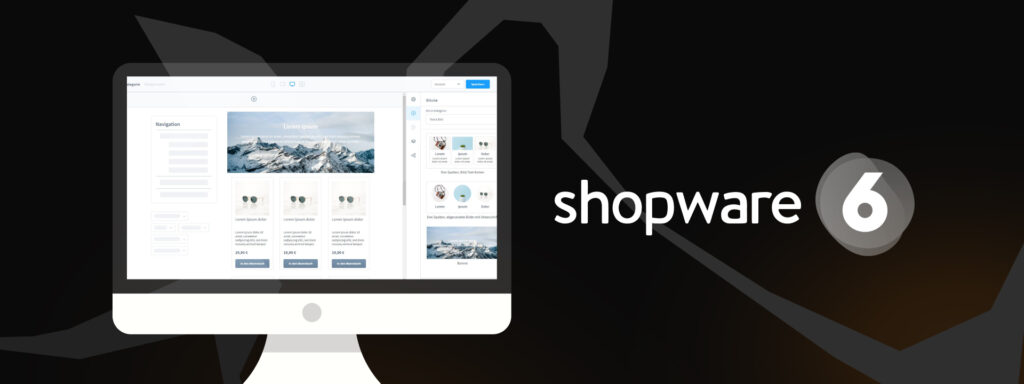
Shopware 6 is not merely an update; it’s a paradigm shift in the way e-commerce sites operate. Designed from the ground up with an API-first approach, Shopware 6 offers the flexibility, scalability, and user-centric features that modern businesses need to thrive in an ever-changing online marketplace. Making the leap to Shopware 6 offers an array of benefits for e-commerce businesses looking to future-proof their online shop and stay ahead of the competition.
Key Features of Shopware 6
Shopware 6 stands apart with a host of new features and improvements. It offers more flexibility in terms of design and content management, making it easier for businesses to create a unique and engaging online shopping experience. Performance enhancements ensure that your e-commerce site remains speedy and responsive, even during high-traffic periods.
Furthermore, Shopware 6 places a strong emphasis on user experience, offering seamless integration with social media and other third-party platforms, simplified checkout processes, and improved mobile responsiveness.
API-First Approach
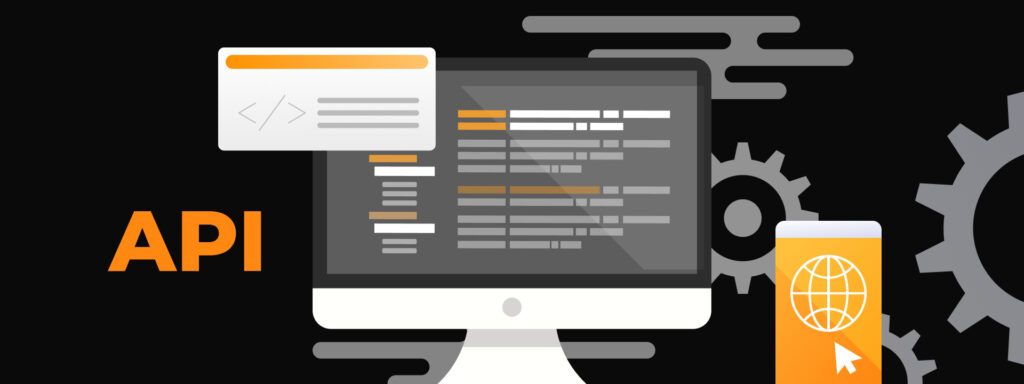
So, you’ve heard of APIs, right? Well, Shopware 6 is all about that. It’s built API-first, meaning every function of your online store can chat with other systems using APIs. It’s like the perfect party host, making sure everyone’s introduced and having a good time. This makes it an absolute whiz at bringing together your sales across different channels and delivering a seamless customer experience.
Rule Builder
This is where things get really interesting. The Rule Builder lets you set up complex rules for your online shop, no coding knowledge needed. This bad boy can be used to calculate shipping costs, set up promotional offers, or create dynamic product groups. Think of it as your shop’s personal assistant, helping you cater to all those different customer preferences.
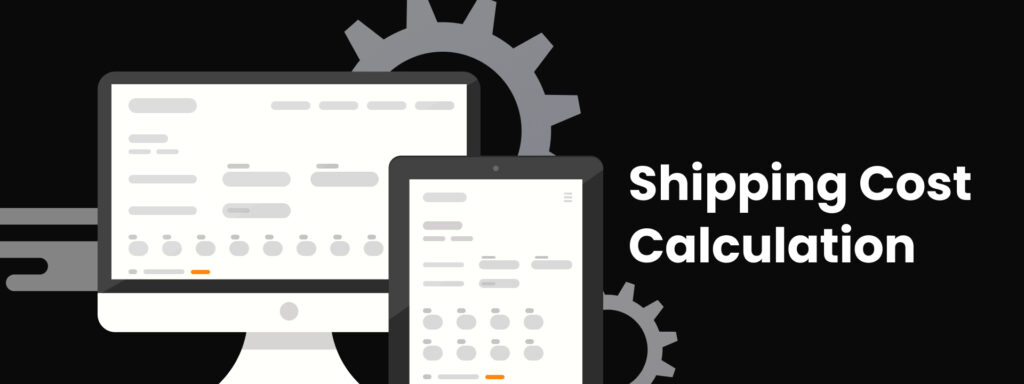
Rule Builder facilitates an effortless set up of highly individual business operations.
Shopware
Content Management System (CMS)
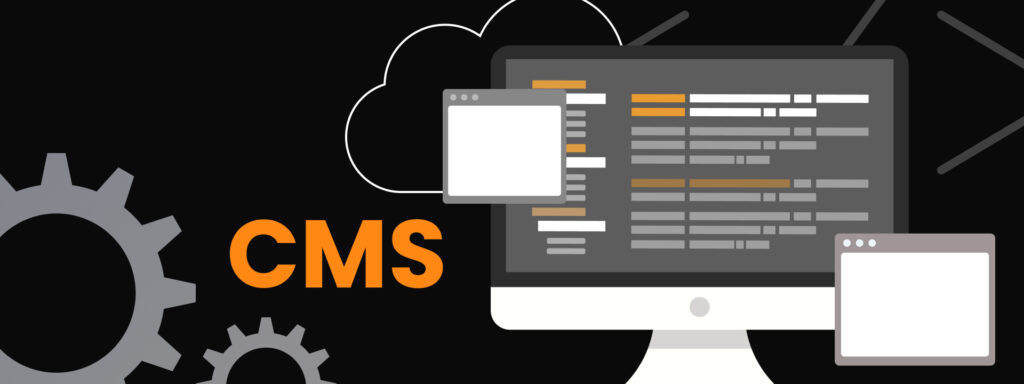
Shopware 6 has a revamped content management system (CMS) that’s pretty slick. It lets you manage and create unique, engaging content for your e-commerce site. This isn’t just about making your online store look good; it’s about creating an immersive shopping experience that keeps your customers coming back for more.
Technology Stack and Architecture
The technology stack and architecture of Shopware 6 truly sets it apart. It leverages Symfony as its foundation, a powerful PHP framework known for its scalability and robustness. This is a marked improvement over Shopware 5 and provides a more future-proof solution for your online shop. Additionally, Shopware 6 employs an API-first approach, meaning all functionalities are accessible via API, enabling seamless integration with other systems and facilitating omnichannel sales strategies.
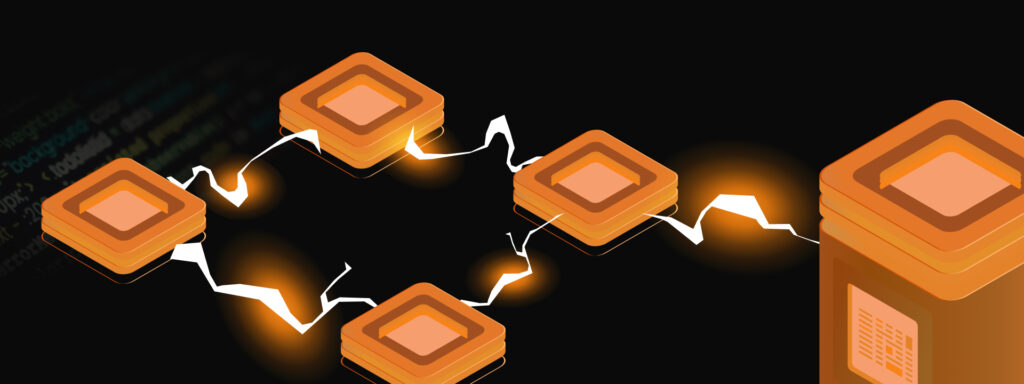
Upgrading from Shopware 5 to Shopware 6
It’s a big decision, but one that could truly give your e-commerce site the upgrade it needs to compete in today’s digital marketplace.
First off, it’s important to note that upgrading from Shopware 5 to Shopware 6 is not just an update – it’s more of a migration. You see, Shopware 6 is a total revamp of the platform, and that means there are some serious changes to consider. It’s kind of like moving from a cozy apartment to a swanky new house – a lot more room and all the latest features, but you’ll need to figure out where to put all your stuff.
Things to Consider
So, before you dive in, you’ll need to consider a few things. One key consideration is the compatibility of your current plugins. With the new framework that Shopware 6 is built on, some plugins from your Shopware 5 store might not be compatible or need updates to function correctly. Be sure to check each one and plan accordingly. By the way, if you haven’t seen our new Shopware plugin yet, check it out to learn how you can enhance customer experience in your e-store.
The migration process itself requires a well-thought-out plan. Since Shopware 6 has a different architecture, the migration involves a process of moving data from one structure to another. Shopware provides a migration tool to help with this, but the complexity can vary depending on the size and specifics of your online shop.

The shift from Shopware 5 vs Shopware 6 might come with its fair share of challenges, but don’t let that deter you. The transition opens up new avenues for your e-commerce store with more flexibility, powerful features, and better overall performance. It’s a bit like learning to ride a bike – it may take a little effort at first, but once you get the hang of it, you’ll be zooming along before you know it!
Remember, moving from Shopware 5 to Shopware 6 is a significant step in evolving your online shop to better meet your business needs and the expectations of your customers. While the path may have its bumps, the journey is worth the destination. So buckle up, plan your route, and get ready to embrace the future of e-commerce with Shopware 6.
Last Large Updates
To stay informed about the latest developments in Shopware 6, it’s essential to keep track of its updates. Here are some of the most significant updates released:
- Shopware 6.3.5.1 – Maintenance and security release
- Shopware 6.3.5.0 – Minor release with improvements
- Shopware 6.3.4.1 – Maintenance and security release
- Shopware 6.3.4.0 – Minor release with improvements
- Shopware 6.3.3.1 – Maintenance and security release
Shopware 5: A Mature E-Commerce Solution
Shopware 5 has been making waves in the e-commerce space with its robust suite of features, reliable stability, and plenty of customization options. As a mature solution, Shopware 5 has proven its mettle by becoming the trusted choice for many businesses.
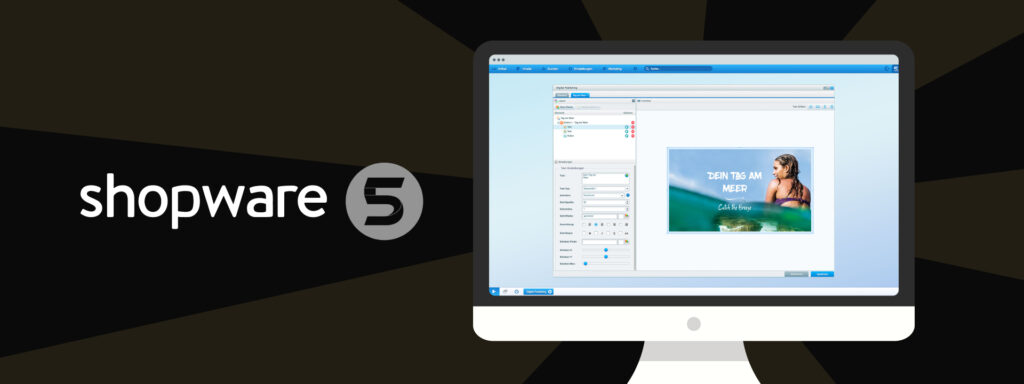
Shopware 5 is like the trusty old workhorse of the e-commerce world – reliable, sturdy, and has seen it all. It’s a platform that gives you a wide range of capabilities to build and manage your online shop. With an open template system and flexible API, it allows for a high level of customization to cater to unique business needs. What’s more, Shopware 5 has garnered plenty of praise and popularity among e-commerce businesses for its stability and robustness.
Key Features of Shopware 5
First up, let’s talk about stability and robustness. If your online store were a ship, Shopware 5 would be the reliable, steady engine that keeps everything running smoothly. It’s built to handle the demands of modern e-commerce, ensuring your store stays up and running even when things get hectic.
Now, onto the features! Shopware 5 offers powerful tools to manage your online store efficiently. It provides an intuitive back-end interface, so even if you’re not a tech genius, managing products, orders, and customers becomes a breeze.
Сustomization
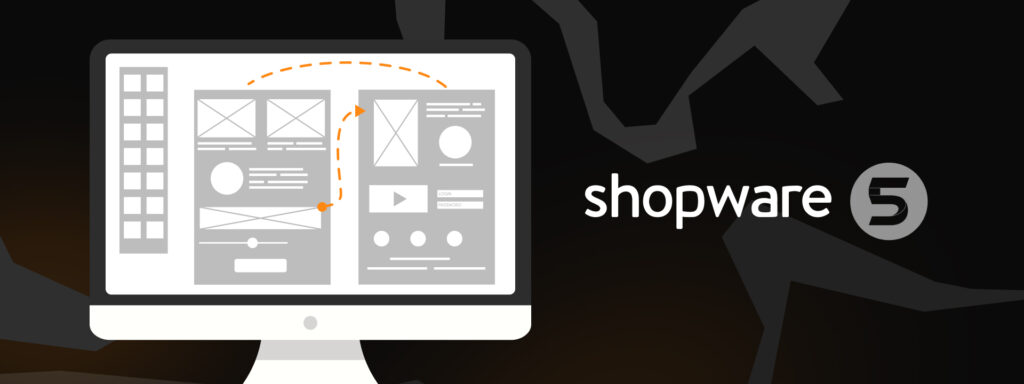
The real magic of Shopware 5, however, lies in its high-level customization capabilities. You can tweak pretty much every aspect of your e-commerce site to make it truly yours. With its open template system and flexible API, you’re given the reins to craft a unique and personalized shopping experience that can set your online store apart from the competition. It’s like having a blank canvas and all the paint you could need to create your masterpiece!
Рlugins
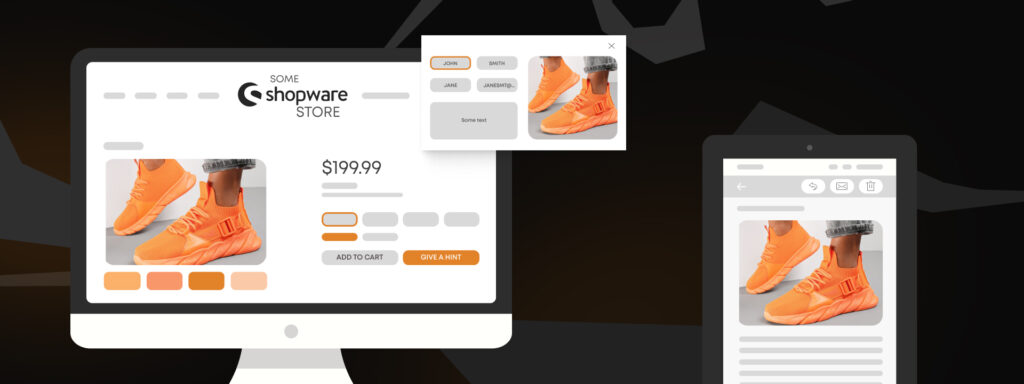
And let’s not forget the plugins. Shopware 5 offers a host of plugins that extend your store’s functionality. Need a tool for better SEO? There’s a plugin for that. Want to offer promotional discounts? Yep, there’s a plugin for that too. This ecosystem of plugins allows you to tailor your Shopware 5 online shop to exactly match your business requirements.
Want to unhannce your e-store with a Shopware plugin?
Leave us your contact details and we’ll get back to you with our offers.
Shopware 5 vs Shopware 6
But as we look at the showdown of Shopware 5 vs Shopware 6, there’s no denying that Shopware 6 brings some enticing features to the table, from a modern tech stack to improved scalability. However, for businesses looking for a mature, reliable, and customizable e-commerce platform, Shopware 5 holds its ground, proving to be a compelling choice for many e-commerce businesses.
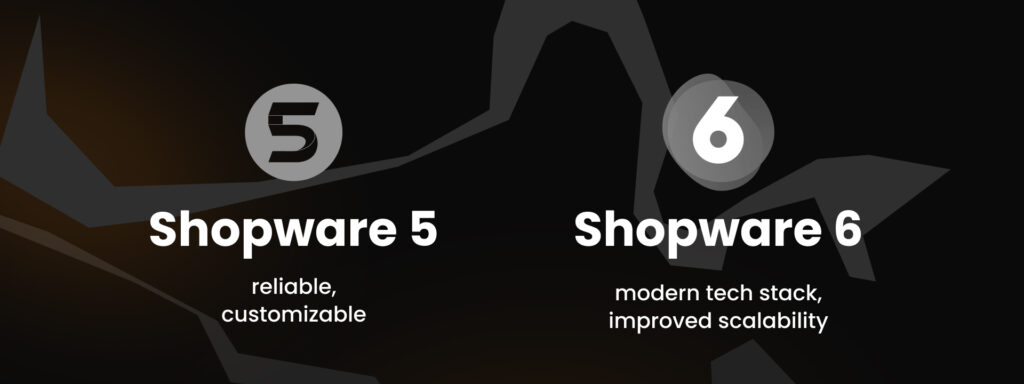
Whether you’re building your first store or expanding an existing one, the blend of stability, robustness, and customization offered by Shopware 5 provides a strong foundation for your e-commerce ambitions. After all, building an online shop is a big deal, and Shopware 5 is like the trusty toolbelt that can help you get the job done.
Technology Stack and Architecture
Shopware 5’s technology stack and architecture are built for stability. It’s grounded on a proven tech stack that includes PHP, Smarty, and Doctrine, and follows the MVC pattern for structured and manageable code.
Looking for a reliable partner to work on your Shopware architecture?
Drop us your contact details and we’ll help you
When it comes to Shopware 5 vs Shopware 6, the latter undoubtedly boasts a more modern and flexible architecture. Yet, Shopware 5 remains a solid choice for businesses that prioritize a stable, time-tested platform over cutting-edge technology.
Continuing with Shopware 5
If you’re planning on sticking with Shopware 5 for your online shop, there are a few things to bear in mind. First off, ensure you’re aware of Shopware’s support policy. While Shopware continues to provide maintenance and security updates for Shopware 5, they have stopped developing new features.
Also, if you rely heavily on plugins or extensions, you’ll need to keep an eye on compatibility. As Shopware 6 gains popularity, some developers might shift their focus to the newer platform, which could impact the updates and support for Shopware 5 plugins.
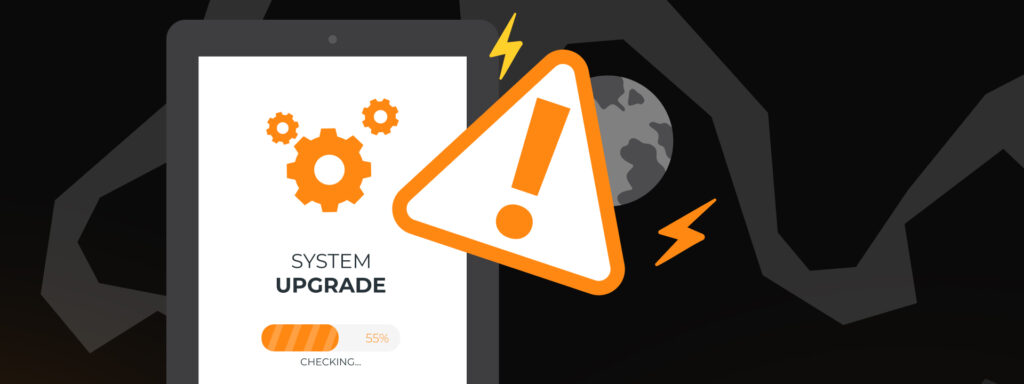
In the Shopware 5 vs Shopware 6 debate, it really boils down to your business needs. Shopware 5 remains a reliable choice for many businesses thanks to its mature technology, robust features, and strong customization capabilities. If these elements align with your needs, then Shopware 5 could continue being the right solution for your online store.
Comparison: Shopware 6 vs Shopware 5
When it comes to comparing Shopware 6 vs Shopware 5, it’s a bit like deciding between two flavors of your favorite ice cream – both are good, but each has its own unique twist.
User Experience and Design
Both Shopware 5 and Shopware 6 offer a user-friendly experience, whether you’re a customer browsing an online shop or a store owner managing the backend.
In the frontend, both versions provide responsive themes, customizable layouts, and intuitive navigation. Shopware 6, however, takes it a notch higher with its more modern and streamlined design that’s designed for the mobile-first era.

On the backend, while Shopware 5 provides a stable and reliable interface, Shopware 6 offers a more modern, intuitive dashboard, making it easier to manage your online store. Plus, the design capabilities and customization options in Shopware 6 are more advanced, thanks to the incorporation of newer technologies.
Performance and Scalability
When it comes to performance, both Shopware 5 and 6 are capable of handling your online store’s needs. Shopware 5 is a tried-and-tested solution that can effectively manage large product catalogs and handle high traffic.

But if we’re talking about scalability in the Shopware 5 vs Shopware 6 debate, Shopware 6 comes out ahead. Its modern tech stack and API-based approach mean it can comfortably handle even more significant traffic and larger catalogs, while also being more future-proofed for growth.
Flexibility and Customization
Flexibility is a big deal in the e-commerce world, and both Shopware 5 and 6 deliver in this regard. Shopware 5’s flexible API and open template system allow for extensive customization. There’s a wealth of plugins available, enabling you to tailor your store to match your business needs perfectly.

In the Shopware 6 corner, flexibility and customization options have been further amplified. Its plugin system is even more robust, and its API-first approach provides greater extensibility, making it easier for developers to create custom functionalities.
Migration Considerations
Whether you’re considering sticking with Shopware 5 or upgrading to Shopware 6, there’s a lot to think about. Staying with Shopware 5 means you keep the stability and familiarity of the platform, but miss out on the new features and improvements of Shopware 6.
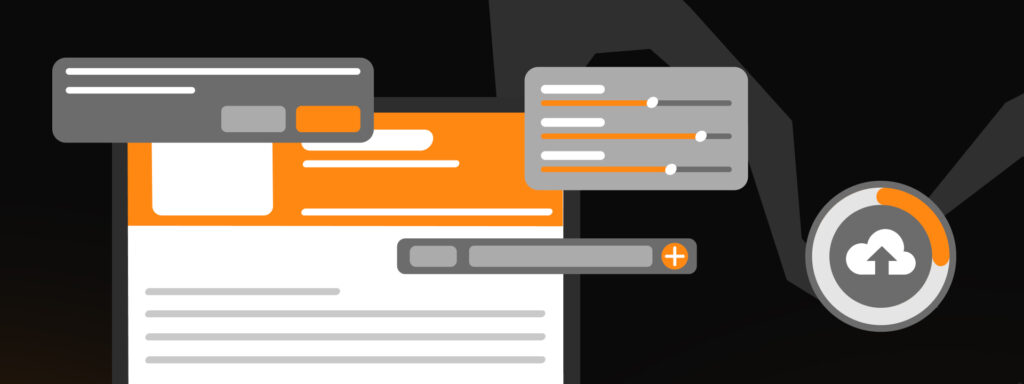
Migration to Shopware 6 needs careful planning. It’s not just a simple upgrade – it’s a full migration. You’ll need to consider the impact on existing features, customizations, and third-party integrations. Also, training might be required for your team to get accustomed to the new backend.
Conclusion
Choosing between Shopware 5 and Shopware 6 is like standing at the crossroads of tradition and innovation. Both have their charm and appeal. And understanding their key differences can be the compass guiding you to the right choice for your online shop.
Quick Comparison
| Feature/Consideration | Shopware 5 | Shopware 6 |
| User Experience and Design | Robust and reliable interface, user-friendly frontend with responsive themes and customization | Modern, intuitive backend dashboard, streamlined design, more advanced customization options |
| Performance and Scalability | Can handle large product catalogs and high traffic effectively | Offers enhanced scalability due to its modern tech stack and API-based approach |
| Flexibility and Customization | Flexible API, open template system, extensive customization with a large ecosystem of plugins | Amplified flexibility and customization, more robust plugin system, API-first approach provides greater extensibility |
| Migration Considerations | Stability and familiarity, potential limitations in new feature adoption | Full migration required, training for new backend may be needed, gains from new features and improvements |
Final Words
In the Shopware 5 vs Shopware 6 contest, Shopware 5 stands as a mature, reliable e-commerce platform that has proven its worth over time. Its flexibility, robustness, and vast plugin ecosystem make it a stalwart choice, especially for businesses with established online stores that run smoothly and efficiently on this version.
On the other hand, Shopware 6 is the new kid on the block, bursting with fresh features, modern architecture, and greater scalability. It’s a more future-proof option, built with an API-first approach that promises a more extensible and customizable platform. Shopware 6’s main aim is to help businesses scale and evolve in the ever-changing e-commerce landscape.
Ready to migrate from Shopware 5 to Shopware 6?
Give us your contact details and we’ll do the rest for you.
However, this isn’t just about a head-to-head match of Shopware 5 vs Shopware 6. The question of whether to upgrade or stick with your current version can depend on several factors. This includes considering the impact of migration on your existing store features, customizations, and third-party integrations. The learning curve for the new backend, the resource investment for the migration, and the potential payoff in terms of enhanced features and performance should all factor into your decision-making.
To migrate or not?
Ultimately, whether you’re setting up a new online shop or planning to upgrade an existing one, both Shopware 5 and Shopware 6 offer a solid foundation for building and expanding your e-commerce venture. The choice boils down to evaluating your business needs and future goals. Also, it really matters what you need from your e-commerce platform to make those goals a reality.
